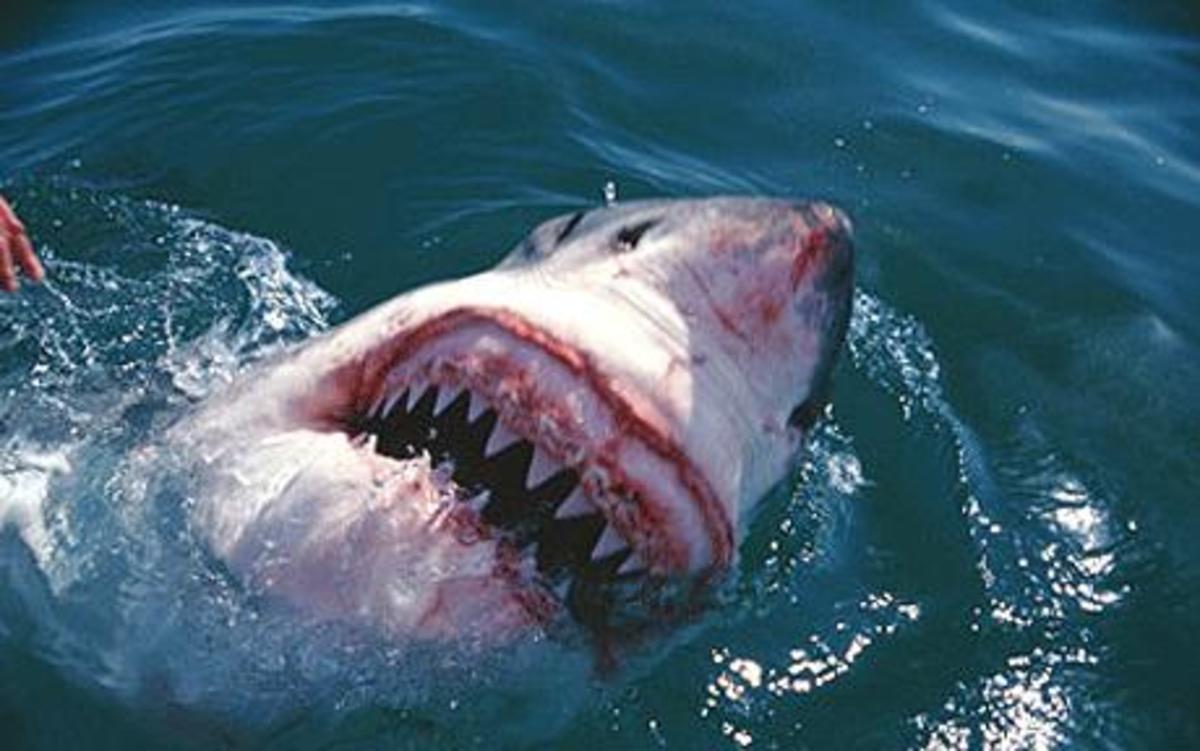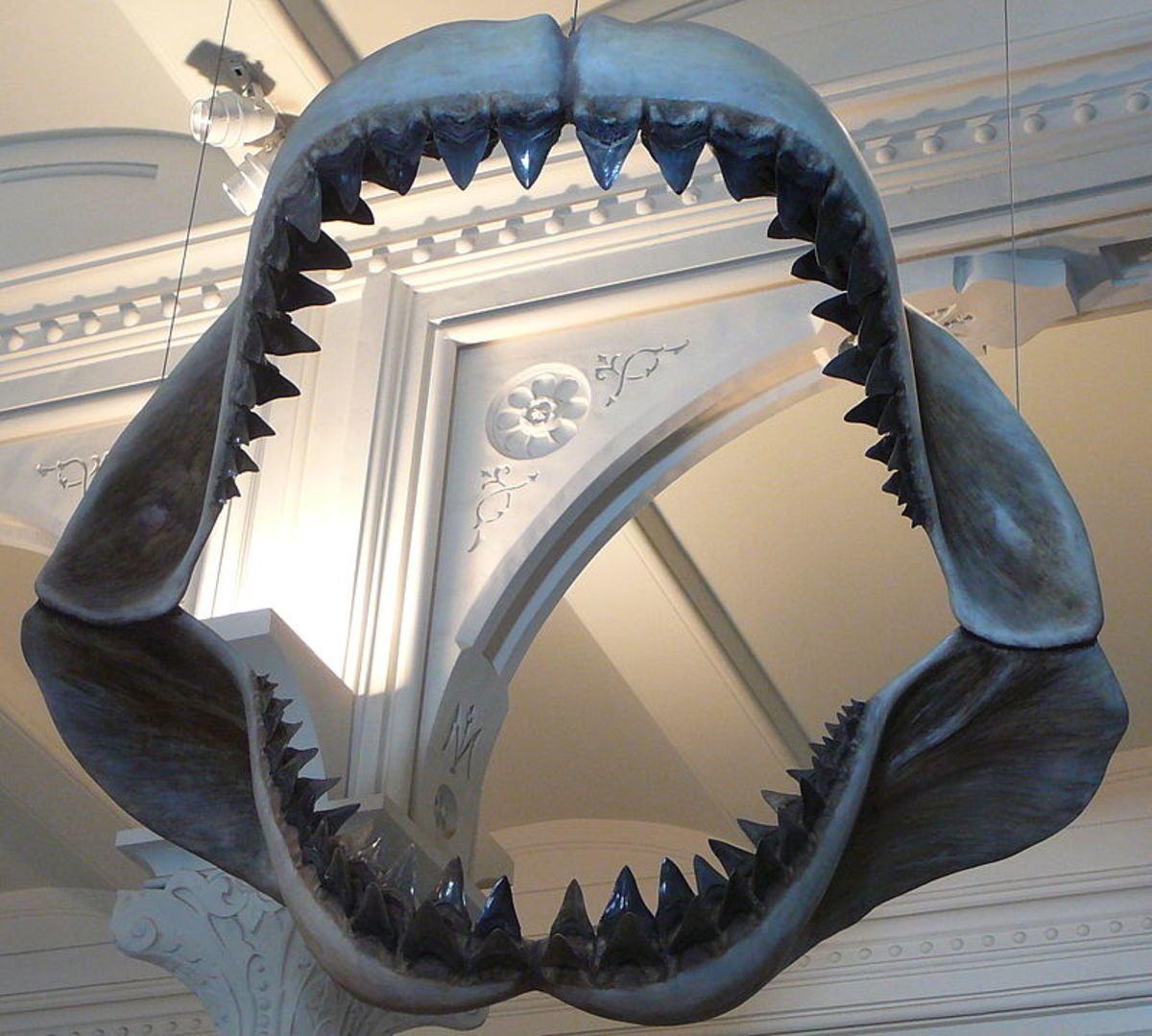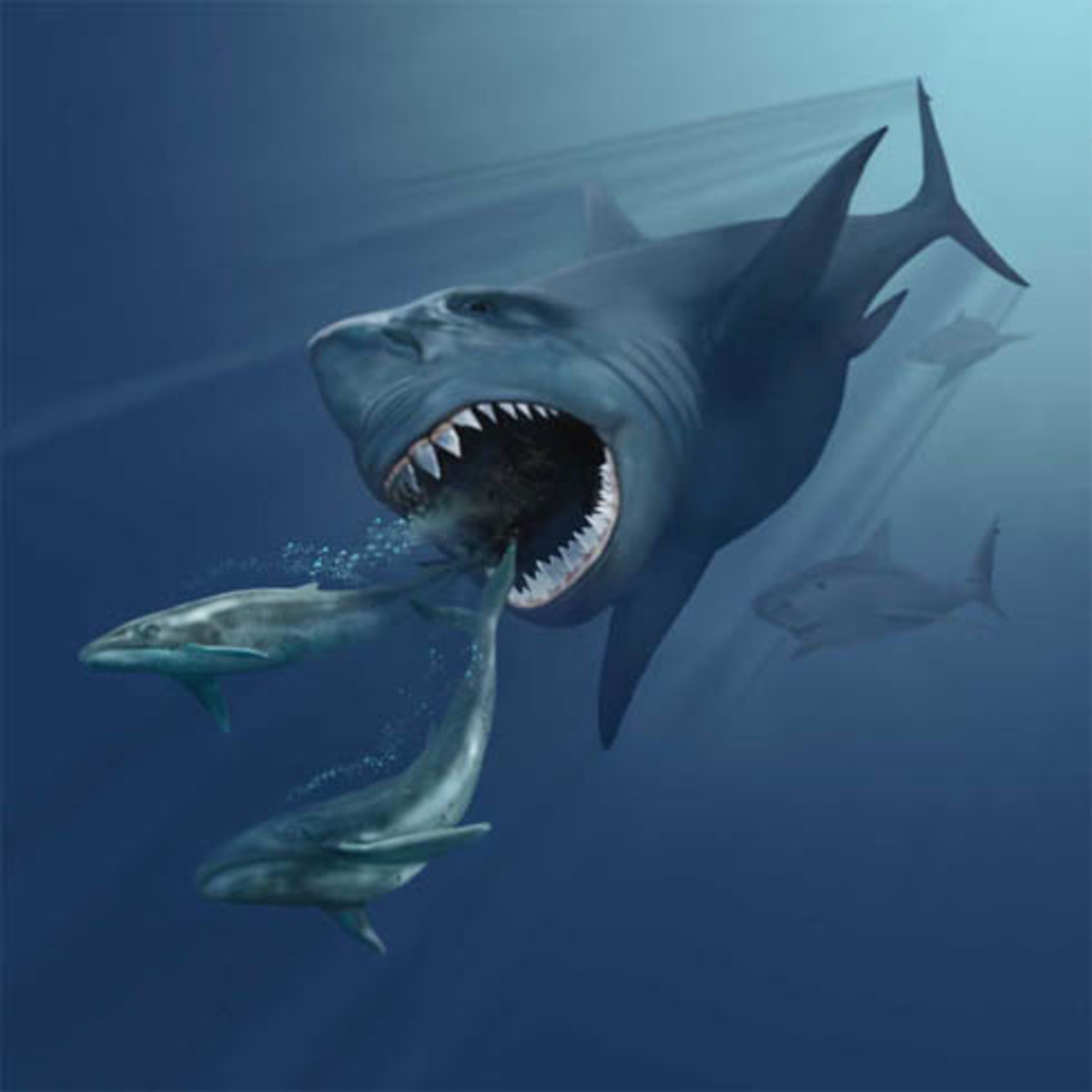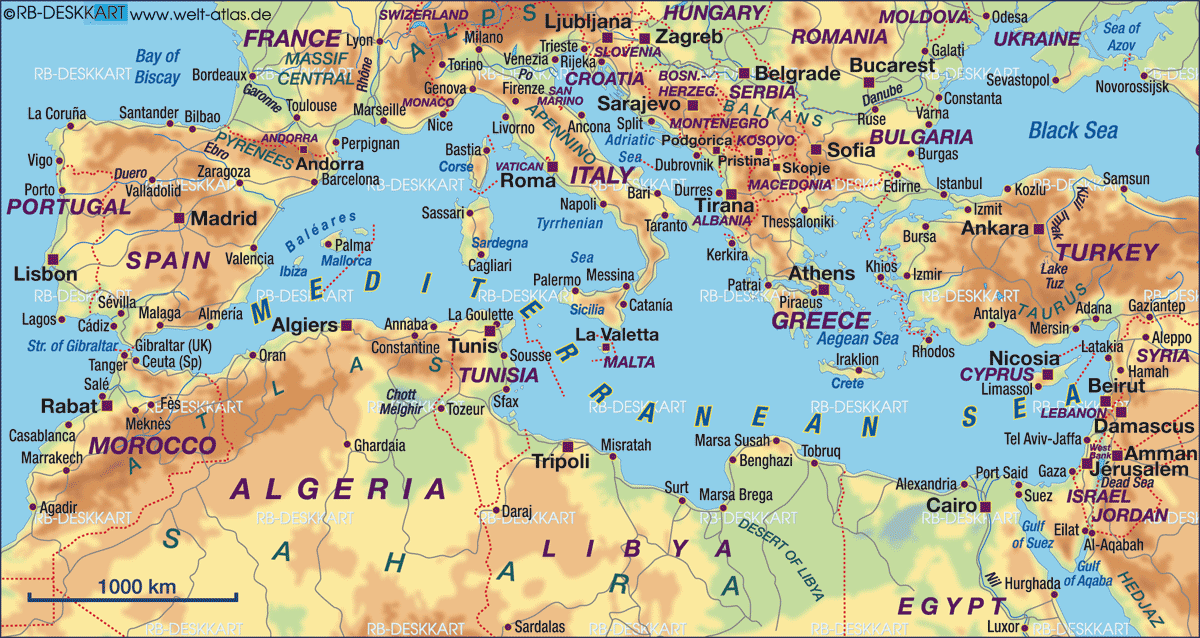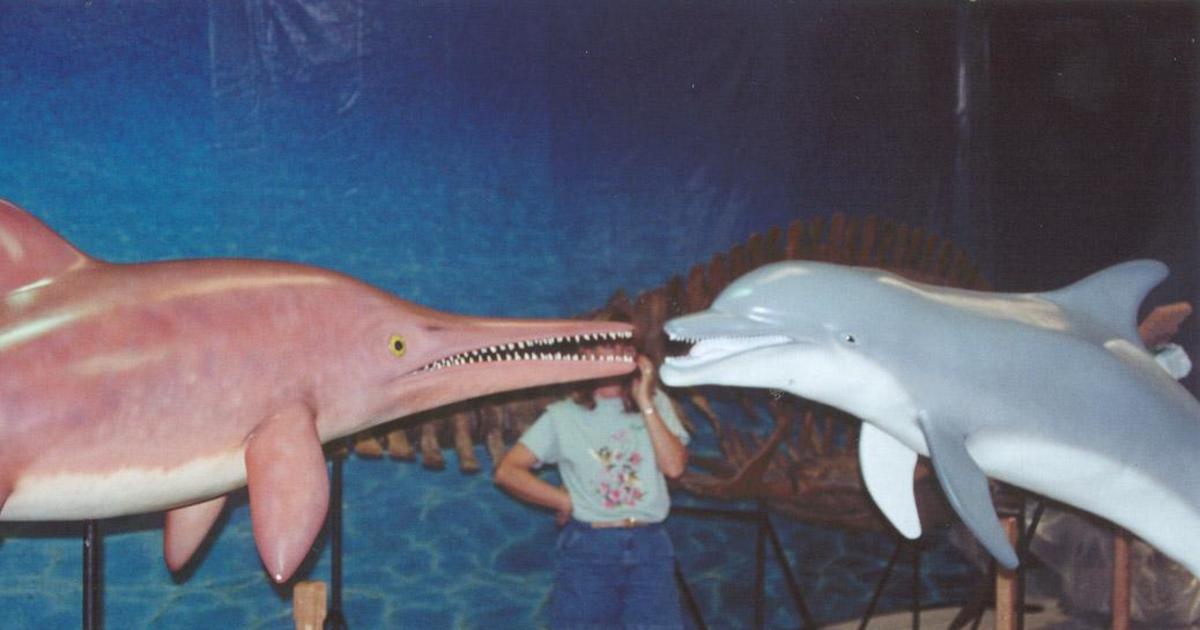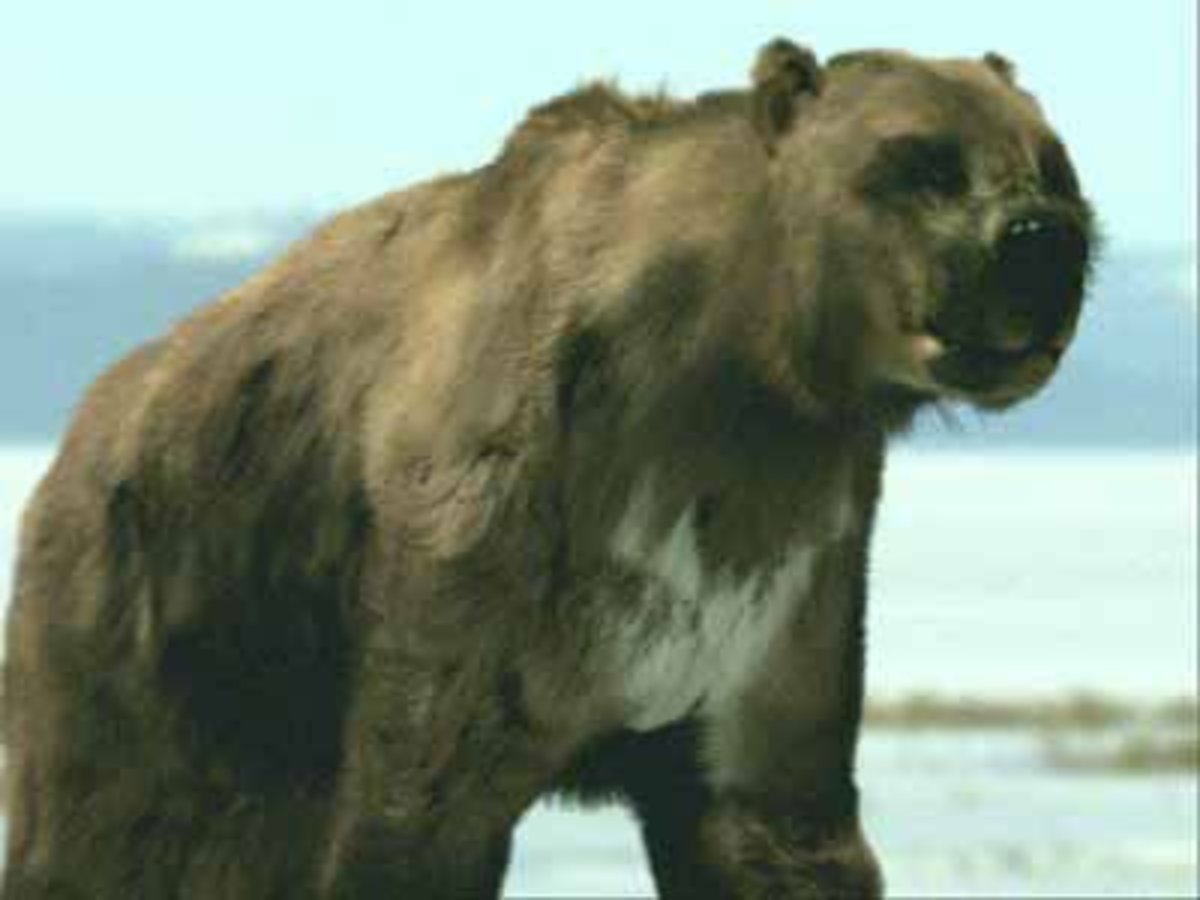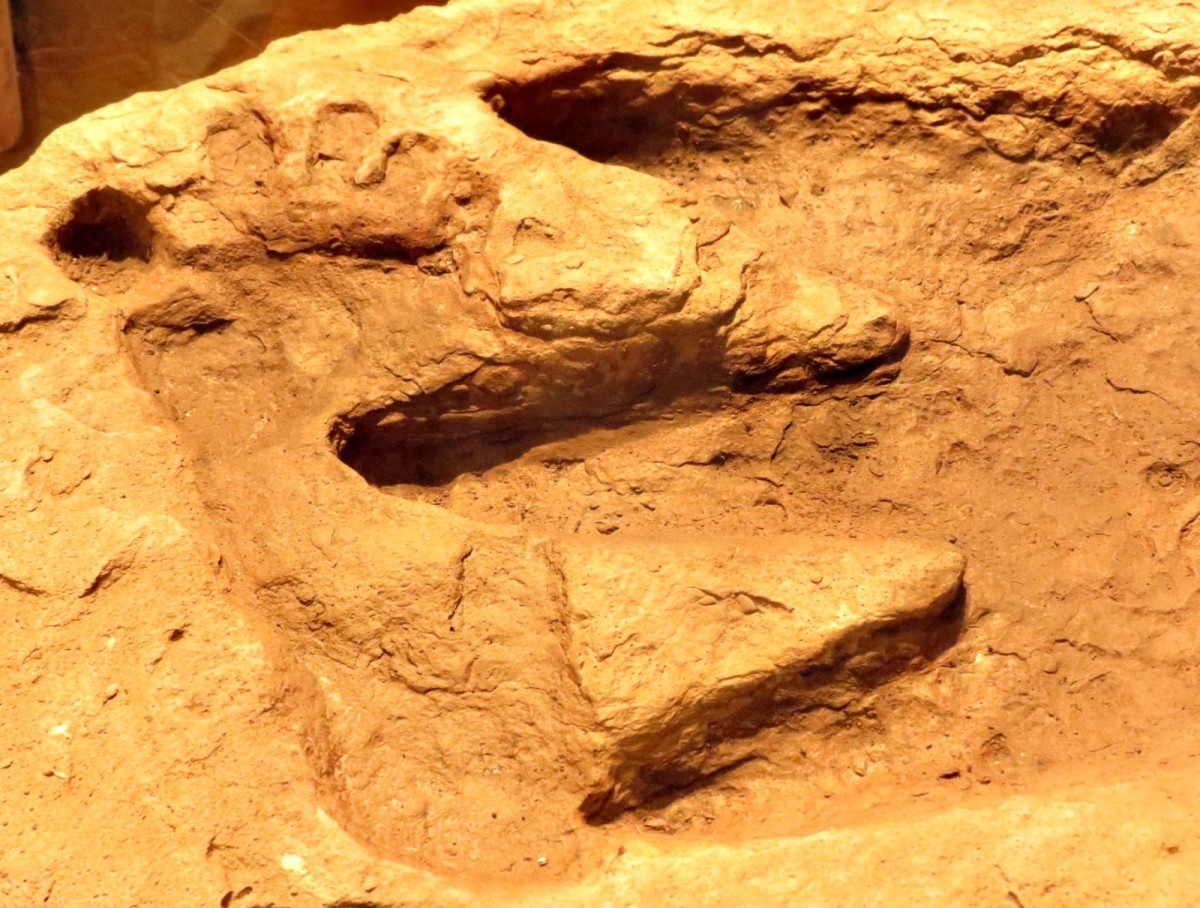- HubPages»
- Education and Science»
- Life Sciences»
- Paleontology»
- Prehistoric Life
LIOPLEURODON and Megadolon RULED THE OCEANS
The Prehistoric was prone to excess
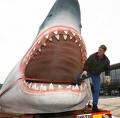

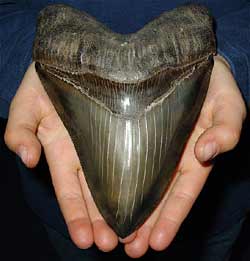




Earlier marine carnivores would eat a Great White for a snack.
The Scariest Marine Predator Ever!
Great White Sharks, the Crocodilians and their kin notwithstanding, the oceans and seas occupying three-fifths of the world’s surface are a relatively benign place in the Third Millennium for frail humankind to swim, boat, and enjoy all the watery wonderland has to offer.
It would not be so if some of the creatures that have come before were still with us today. In fact, if that were the case, several of those marine predators around during certain eras, such as the Jurassic, would have made it impossible to swim anywhere without risking being eaten: both in and under the sea as well as close to the water’s edge.
One terrifying creature - an early shark - which we have heard a lot about recently was Megalodon. This was a great white times 20! That is, it weighed twenty times as much as our modern “white death,” and grew to nearly 60 feet in length. It’s huge, serrated, fossilized teeth have been found in great numbers in many places. It was the largest shark that ever lived and snacked by biting clean through the body of whales and swallowing their tales! It’s huge maw measured 10 feet wide when open for attack. Many people say Megalodon is still alive today in the deepest parts of the oceans, taking whales, dolphins and other large fish, as well, they suggest, yachts and their crew. The ancestor of the modern great white was there back then, too, but I bet he kept well clear of Megalodon which could easily have bitten him in half. Also, walking or swinging around in trees and perhaps wondering what this huge monster was as it broke the surface of the sea in pursuit of its prey, were our ancestors.
Megalodon lived in the Pliocene Era, four million years ago, and the Pliocene was when man really began. (Disputed fossils of even earlier hominids date back earlier, to the late Miocene Era and this time is when it is suggested we split from the tree shared with the Chimps).
What really amazes me, as I look at the sketchy and necessarily incomplete fossil record, is how many species must have lived we shall probably learn nothing about. The skeletons of the dinosaurs from the Jurassic, etc. tell us much, but occasional finds, such as a footprint or, in the case of Megalodon, finding huge teeth off Peru much bigger than those found previously, makes us wonder just how large the greatest of these creatures really were. Perhaps these were super sharks of more than 100 feet in length, the size and weight of blue whales. Sharks have had a very long tenure on the planet, more than 400 million years; during this long success, who knows just what terrifying species arrived and disappeared?
One thing we do know, however, is the Megalodon, frightening as it is to contemplate today, when we can see just what an efficient killer its brother, the great white can be, is not the largest nor the most terrifying predator that we know has ever lived.
That accolade belongs to Liopleurodon.
Liopleurodon was more like a huge crocodile than a shark and to find him we need to get into our time machine - perhaps the Tardis is available - and travel back 130 million years to that fearful yet magic period, the Jurassic, (203-135 mya) during the Mesozoic Era (250-65 million years hence). Those who worry about climate change today, would be scared stiff at life in Britain during the Jurassic, as the ambience is hot, steamy and tropical, with no birdsong, just the screech and moan of huge dinosaurs. Our meadows and pastoral landscape replaced by tropical flora, This and other facts, such as we have had about a dozen ice-ages since life began, makes me laugh at the narrow frame of reference used by the advocates of man-fuelled climate change. Our effect is and will be negligible compared to what the universe has brought about previously and in store for us in the Millennia to come - not that we stand much chance of being around long enough to bear witness. If you do it to clean up the air we have to breathe today, fine, get the votes, but don’t tell us asinine lies about us changing the planet forever…the only truth must be is the planet will keep changing forever! In our times, we face much greater danger from wars and disease occasioned by the the viral bridge, along with overpopulation, lack of resources and water than we do from climate change.
Anyway, not to digress. Liopleurodon, a Plesiosaur, as evidenced by the fossil record, is the largest predator of all time. It was the king of the oceans and seas and could eat most of all other marine creatures. It was an air-breathing marine reptile which could spend long periods under the surface. Its length was up to 25 meters (80 feet) long, or more, and its teeth were twice as long as those of the T-Rex. Its head alone was 10 feet long! Possessing huge chest muscles to power the enormous flippers as this ambush predator lunges upwards to attack its prey, and thick ridges of muscle along the short neck to allow the monster to whip its head from side-to- side, tearing huge chunks of meat from its victim. Its huge, dinner-plate eyes and specialized sense of smell allowed it to locate and attack prey in the muddy waters of this epoch. There has been nothing like it previously or since, and that’s a good thing - maybe not for Hollywood who would have loved to make a Jaws 10, or whatever number it is, about the Liopleurodon. Maybe the movie moguls could have arranged a combat between it and a robotic Megalodon, or had it attack that new, obscene, super cruise ship. A Hollywood director’s imagination knows no limits except, often, the limitations of a maggot, money-motivated mind.

